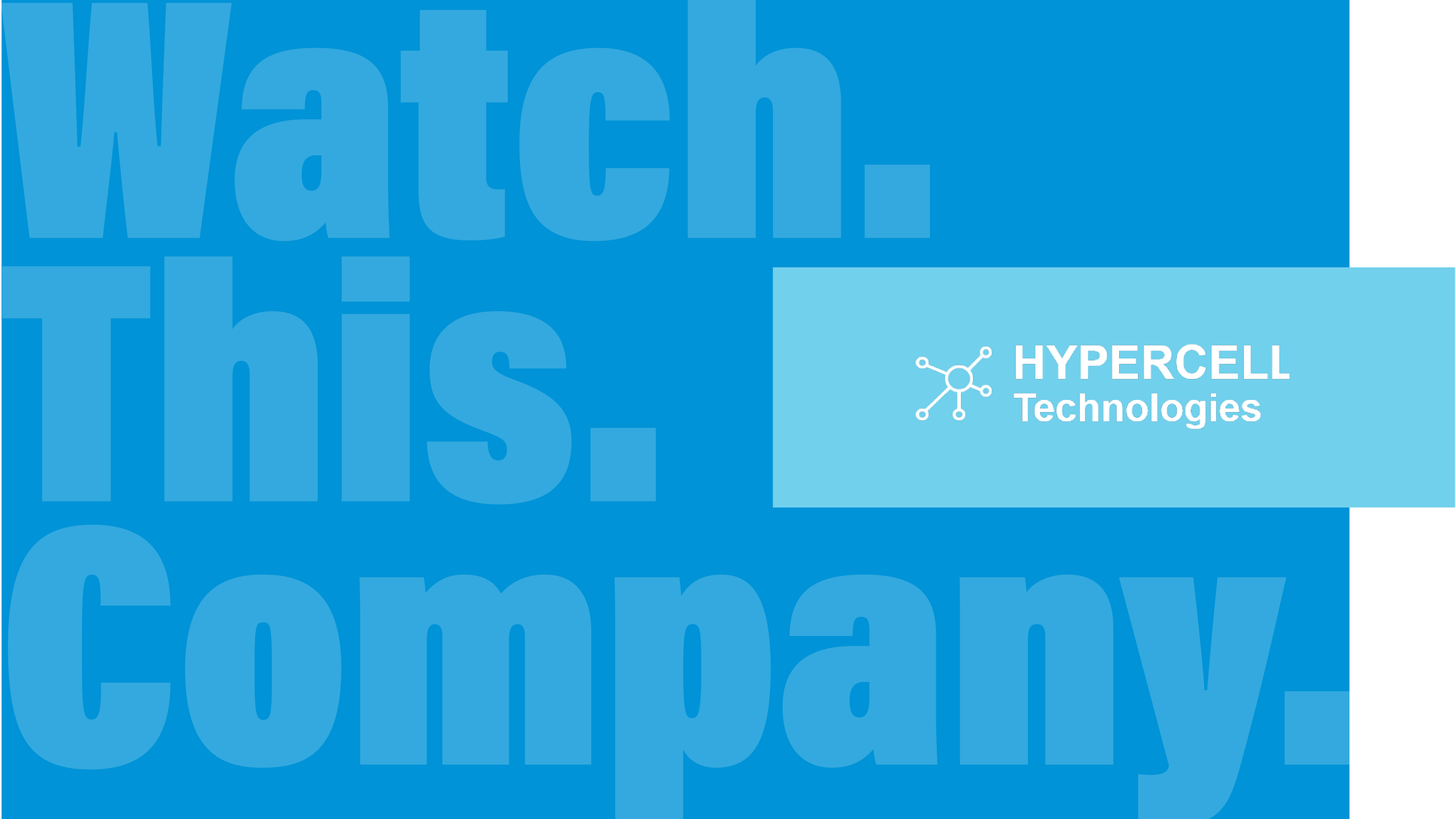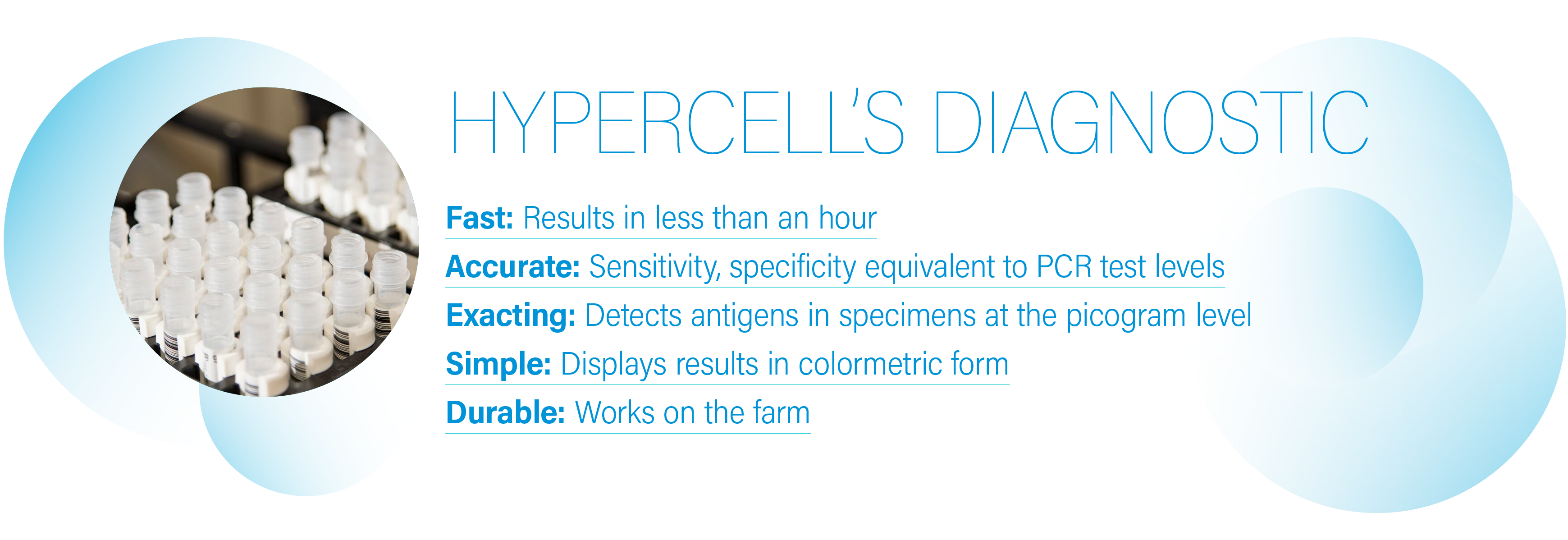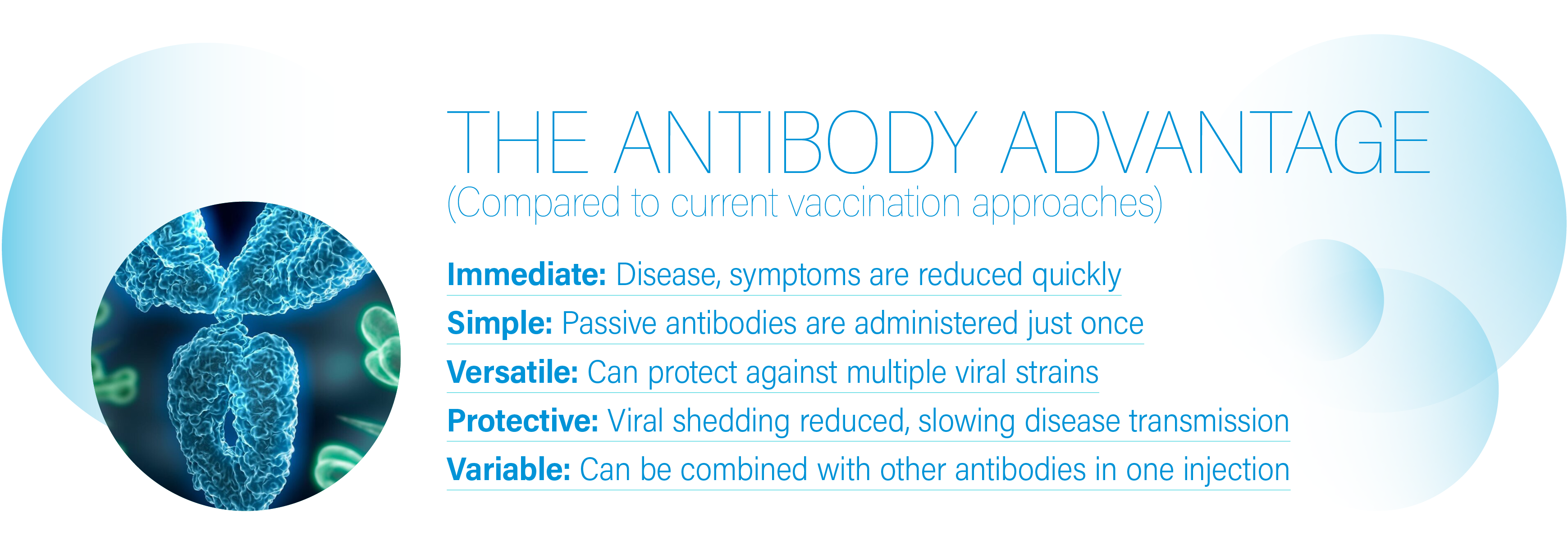

Chickens, cows, pigs – all are at constant risk for infectious disease.
And the consequences of this risk are staggering: The top four infectious diseases that plague the herds of producers can account for more than $9 billion in financial losses to protein producers per outbreak, due to a variety of factors.
Even more worrisome is the threat to humankind. Scientists at the Wageningen Bioveterinary Research Institute say 75% of human pandemics are caused by zoonotic diseases in animals that make the leap to humans. The World Health Organization points to industrial agriculture as the greatest potential source point for the next pandemic.
These very real problems make Hypercell Technologies highly relevant to modern-day agriculture. Here’s why:

Hypercell has developed a powerful toolkit of next-generation diagnostics and biotherapeutics to tackle the infectious disease problem in livestock. Both technologies were developed around the pioneering work of GRA Eminent Scholar Ralph Tripp and colleague Leslie Patrick Jones at the University of Georgia. And both have been evaluated in farm pigs, revealing significant advantages over current practices.
“What we’ve developed with Ralph Tripp's team really changes the paradigm,” says CEO Bruno Jactel.
Hypercell’s rapid, point-of-care diagnostic is an affordable, highly accurate approach that allows for testing a specimen onsite, without need for outside lab processing. Results are known in less than an hour, giving producers a window of opportunity to separate sick animals from the healthy to minimize the spread of infection.
“The test identifies antigens that are present in the specimen,” Jactel says. “We’ve done clinical studies for swine influenza and shown that the test works as well as the PCR “gold standard”, and we’re now using those results to expand to other diseases.”

Hypercell’s biotherapeutic is based on monoclonal antibodies, molecules produced in a lab that behave like the body’s natural antibodies. As with the diagnostic, the therapeutic also demonstrated “best-in-class” performance in a clinical setting, Jactel says.
“We are working to design the biotherapeutic to ultimately protect against different strains, giving it greater range than a vaccine,” Jactel says. “When you inject an antibody, it reduces viral shedding, which makes the disease less contagious. It also reduces symptoms, so animals don’t get as sick.”
One side benefit to Hypercell’s protective approach is especially relevant in the current pandemic: Healthier animals lessen the likelihood that disease will transfer to humans.
“Every year, about 500 million pigs harbor the swine flu virus alone, and about 2 billion chickens have the flu virus as well,” Jactel says. “These are huge reservoirs with potential risk to humans and for becoming the next pandemic.”

GRA’s venture development program provided early-stage grants to the research project that led to Hypercell. The company’s product development was supported by Smithfield Foods, a subsidiary of the world’s largest pork producer, WH Group of China.
“Both Smithfield and GRA have been very instrumental in our emergence,” Jactel says. “GRA helped us bridge the gap between what was proven to work in a laboratory setting to demonstrating its efficacy it in animal clinical studies. Now, we are in active conversations with early-stage investors.”
Hypercell’s offerings are based on technologies developed by GRA Eminent Scholar Ralph Tripp and colleague Leslie Patrick Jones.